Indonesian Skirt or Sarung / Sarong is is a large tube or length of fabric, often wrapped around the waist and worn by men and women throughout much of Indonesian archipelago. The fabric most often has woven plaid or checkered patterns, or may be brightly colored by means of batik or ikat dyeing. Many modern sarongs have printed designs, often depicting animals or plants.
Sarung is already attached to the hallmark of the Muslim society in Indonesia . Although the actual usage of Sarung does not refer to a particular religious identity . Because the Sarung is also used by various groups in different tribes . most of Sarung are made from a variety of materials : cotton , polyester , or silk . Sarong denotes the lower garment worn by the Malay (and other Maritime Southeast Asian) people, both men and women. This consists of length of fabric about a yard (0.91 m) wide and two-and-a-half yards (2.3 m) long. In the center of this sheet, across the narrower width, a panel of contrasting color or pattern about one foot wide is woven or dyed into the fabric, which is known as the kepala or “head” of the sarong.
This sheet is stitched at the narrower edges to form a tube. One steps into this tube, brings the upper edge above the level of the navel (the hem should be level with the ankles), positions the kepala at the center of the back, and folds in the excess fabric from both sides to the front center, where they overlap and secures the sarong by rolling the upper hem down over itself. Malay men wear sarongs woven in a check pattern; women wear sarongs dyed in the batik method, with, for example, flower motifs, and in brighter colors. However, in Javanese culture, the wearing of batik sarung is not restricted to women on formal occasions such as weddings.
The Background
According to historical records , Sarung are originated from Yemen. In that land Sarung commonly called “futah” the commonly dress for men. Sarong were originally used by Bedouin tribes who live in Yemen. Sarong of Yemen comes from a white cloth dipped in neel ie black dye . Yemeni Sarong consists of several variations , including models Assafi , al – kada , and annaqshah.
Sarung are also known as izaar , wazaar or ma’awi in Arabic Peninsula. Society in Oman called Sarung as wizaar. In Saudi Arabia Sarung called as izaar .
In the Encyclopedia Britannica , stated , Sarong have become traditional clothes in Yemeni society. Sarong are believed to have been produced and used in traditional Yemeni society since ancient times. Until now , it was still attached to their tradition culture . In fact , to this day , futah or Yemeni Sarong became one of the traditional typical souvenirs in Yemen . People who visited Yemen usually always buy Sarong as souvenirs for relatives.
The Use of Sarung
The use of Sarung has been widespread , not only in the Arabian Peninsula , but also reached South Asia , Southeast Asia , Africa , America and Europe. Sarung were first entered Indonesia in the 14th century , brought by Arab and Gujarat traders . In subsequent developments , sarong in Indonesia synonymous with Islamic culture .
The use of Sarung is very wide , for relaxing at home or for formal worship or marriage ceremony . In general, the use of Sarung at official events related to complement the dress a certain area .
Actually in the Arab world , Sarung is not identical to worship dress just like been portrayed before . Even in Egypt considered inappropriate to wear Sarung to the mosque and for the purposes of attending formal events.
In Indonesia however, the Sarung became a garment of honor and decency which show high values. No wonder the majority of Indonesian often wore Sarong to pray in the mosque . Man wearing a Sarung with koko hat as did as the women which wear Sarong with mukena for prayers .
The sarong is common wear for women, in formal settings with a kebaya blouse. Malay men wear sarongs in public only when attending Friday prayers at the mosque, but sarongs remain very common casual wear at home for men and women of all ethnicities and religions in Brunei, Indonesia, Malaysia, Singapore, Sri Lanka, and much of the Indian subcontinent. (In South Asia, sarongs are typically known as mundu or lungi).
The Identity of the Nation
In the Dutch colonial era , Sarung synonymous with the struggle against western culture that brought by the colonists . The students in the Dutch colonial era using Sarung as a symbol of resistance to Western culture which brought by the colonizers . The students are the most consistent wear the Sarung where abangans nationalists had almost left the Sarung. Attitudes consistency of using Sarung is also run by one of the archipelago militants Chasbullah KH Abdul Wahab , a central figure in Nahdlatul Ulama ( NU ) .
One time , Abdul Wahab was once invited President Sukarno . Asked the presidential protocol for fully dressed in a suit and tie . However , while attending a state ceremony , he came by wore a sarong . Though people usually wear a suit comes with pants . As a fighter who has repeatedly dived straight fight against the Dutch colonialists and Japan , Abdul Wahab remains consistent use Sarung as a symbol of opposition to Western culture . He wanted to show the dignity of his people in the presence of the invaders.
The Characteristic of Indonesian Sarungs
What distinguishes the Indonesian Skirt / Sarung with other countries is that the Indonesian one were made by particular materials such as songket,woven, and tapis. Each type of those materials come from different regions in Indonesia .
Material made from woven , better known come from areas like East Indonesia West Nusa Tenggara , East Nusa Tenggara , Sulawesi , and Bali . While songket , is identical with the typical traditional dress of Minangkabau and Palembang . While the tapis usually comes from Lampung .
Why does Sarung always being boxes motive?
Value philosophical boxes motif defines each step either to the right , left, up or down , there will be consequences . Look like gradation chessboard in Bai’s Sarong .
When we were in the white point , stepping into any , difference block. As for how safe it is to move slowly in the direction of the diagonal . The impact , instead of going forward even away from the target . So people who dared to confront the trials is the person who will quickly reap expectations.

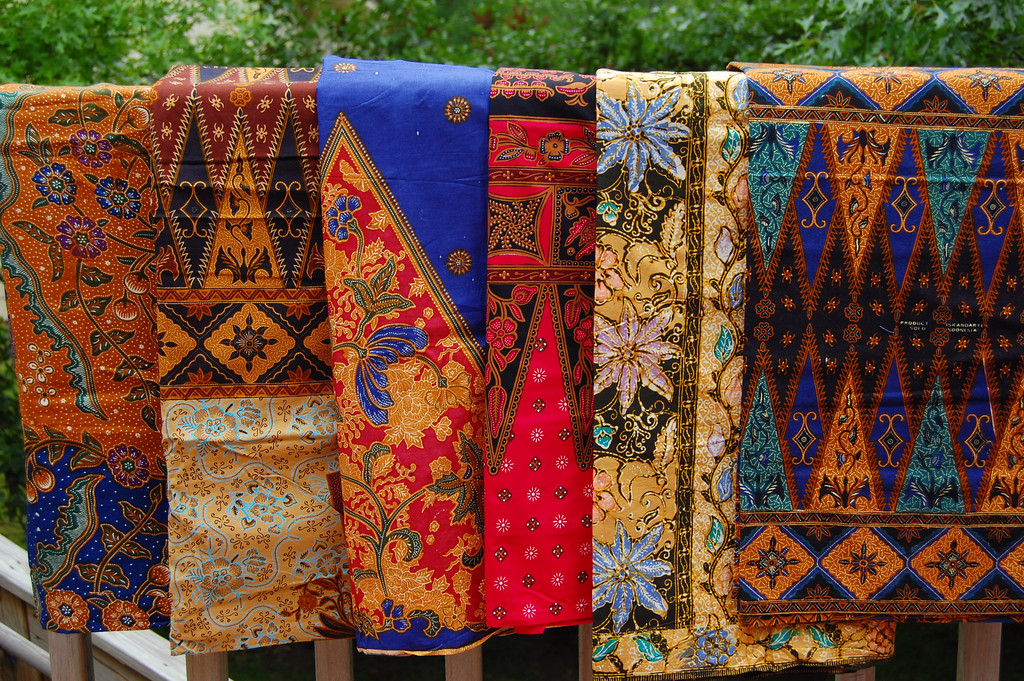
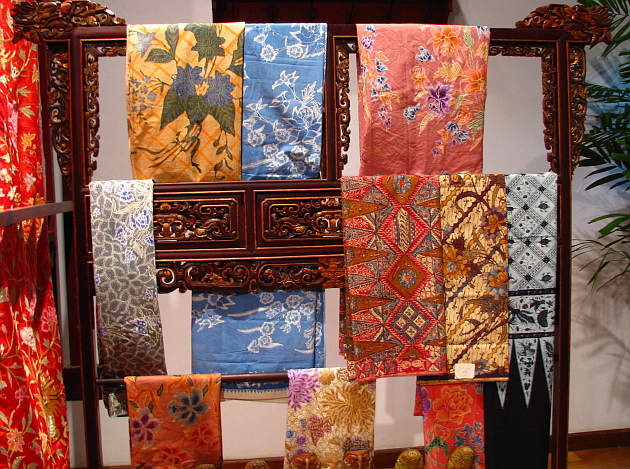
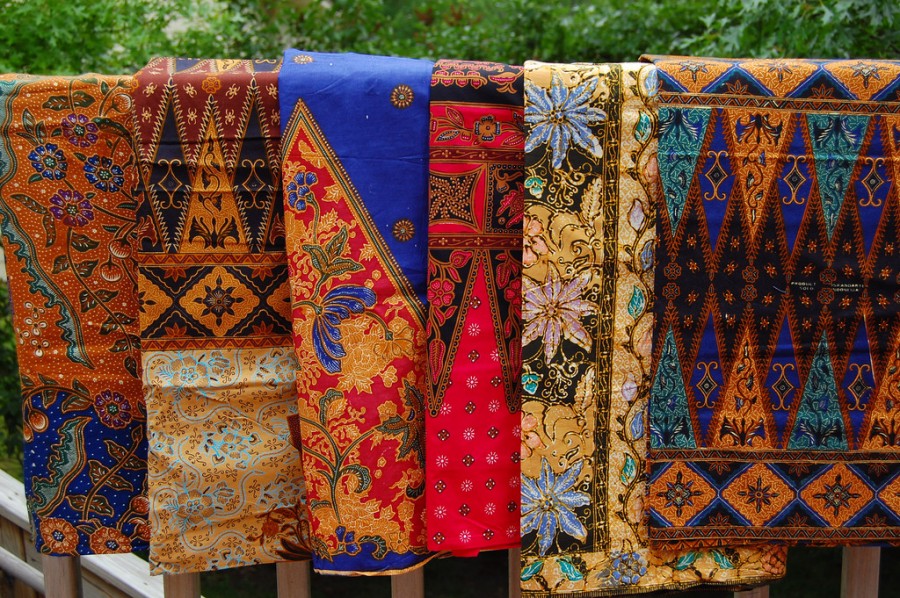
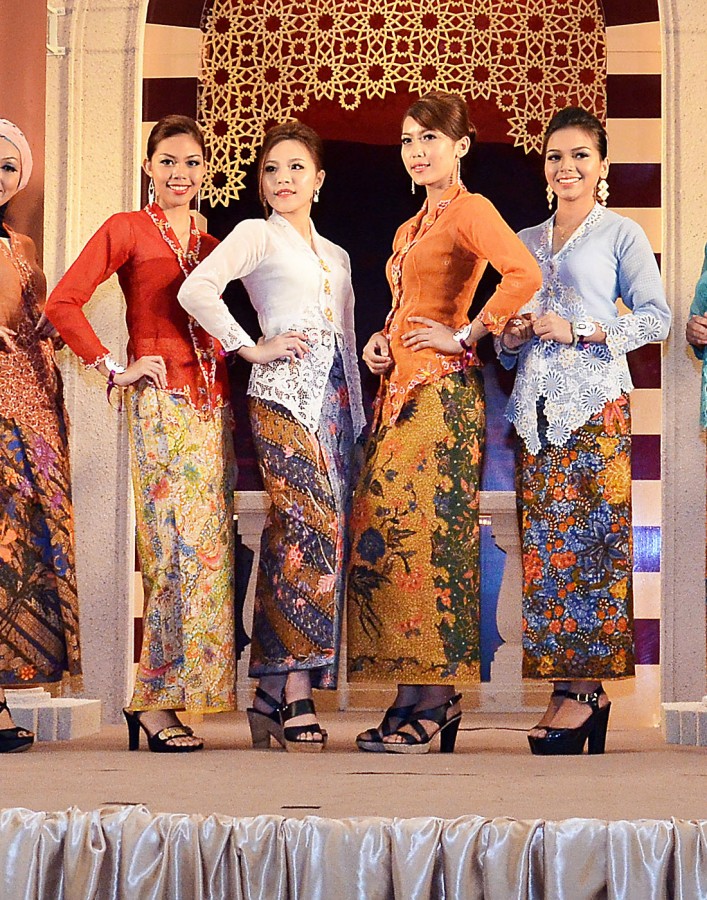
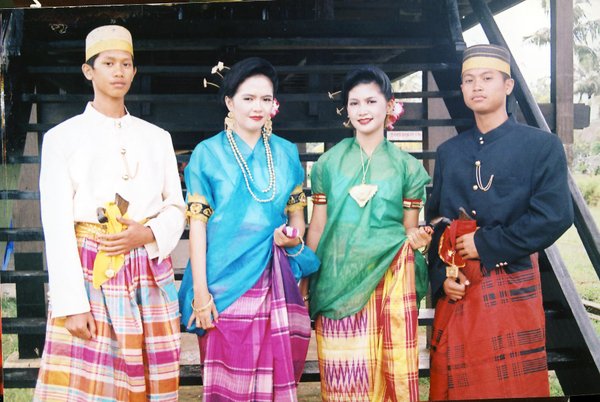
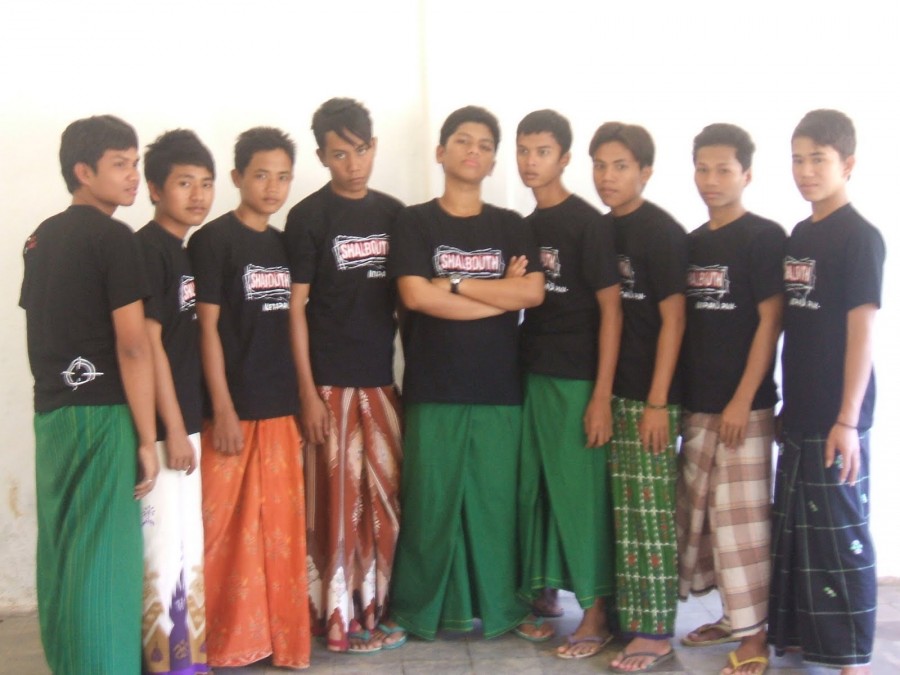
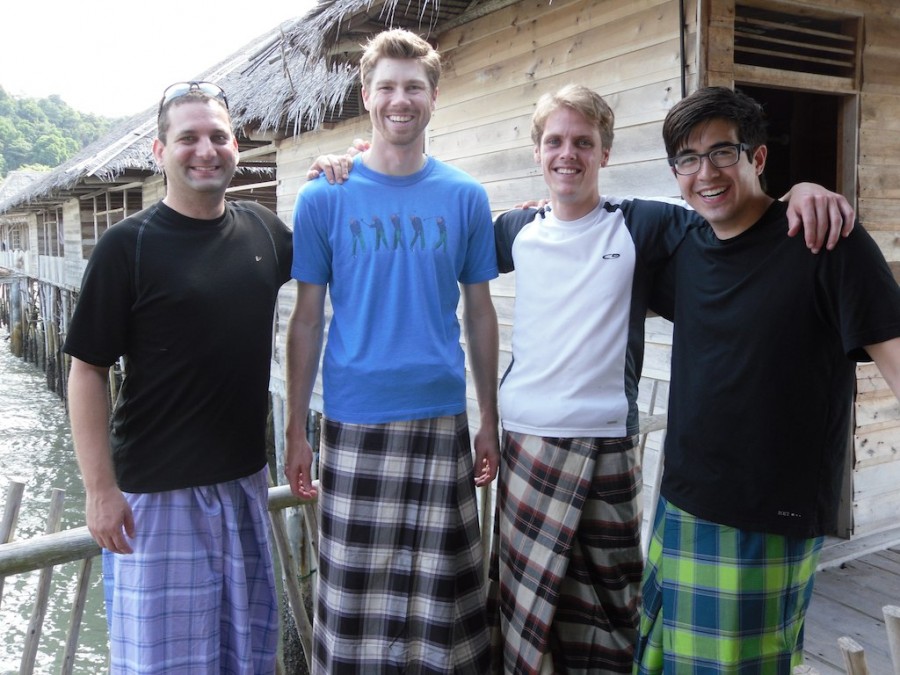
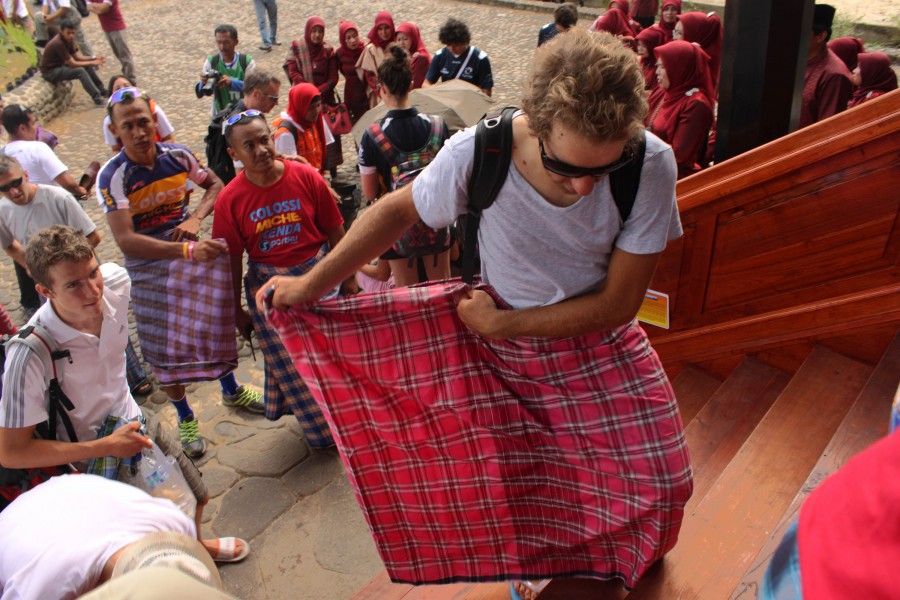
3 Comments
Sites That Link to this Post